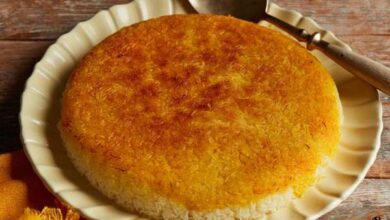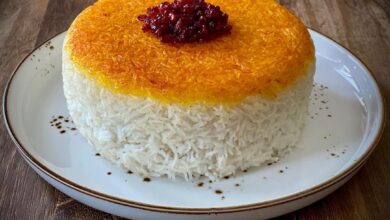Master the Art of Persian Rice Cooking
Cooking Persian rice is an art that requires precision, technique, and a touch of tradition. Known for its fluffy and aromatic qualities, mastering Persian Rice Cooking is a valuable skill in the culinary world. It involves selecting the right type of rice, properly rinsing and soaking, and then carefully cooking it to achieve the perfect texture. Each step is crucial to prevent the rice from becoming sticky and to ensure it absorbs just the right amount of water. Now, let’s dive into the intricacies of perfecting this staple dish.
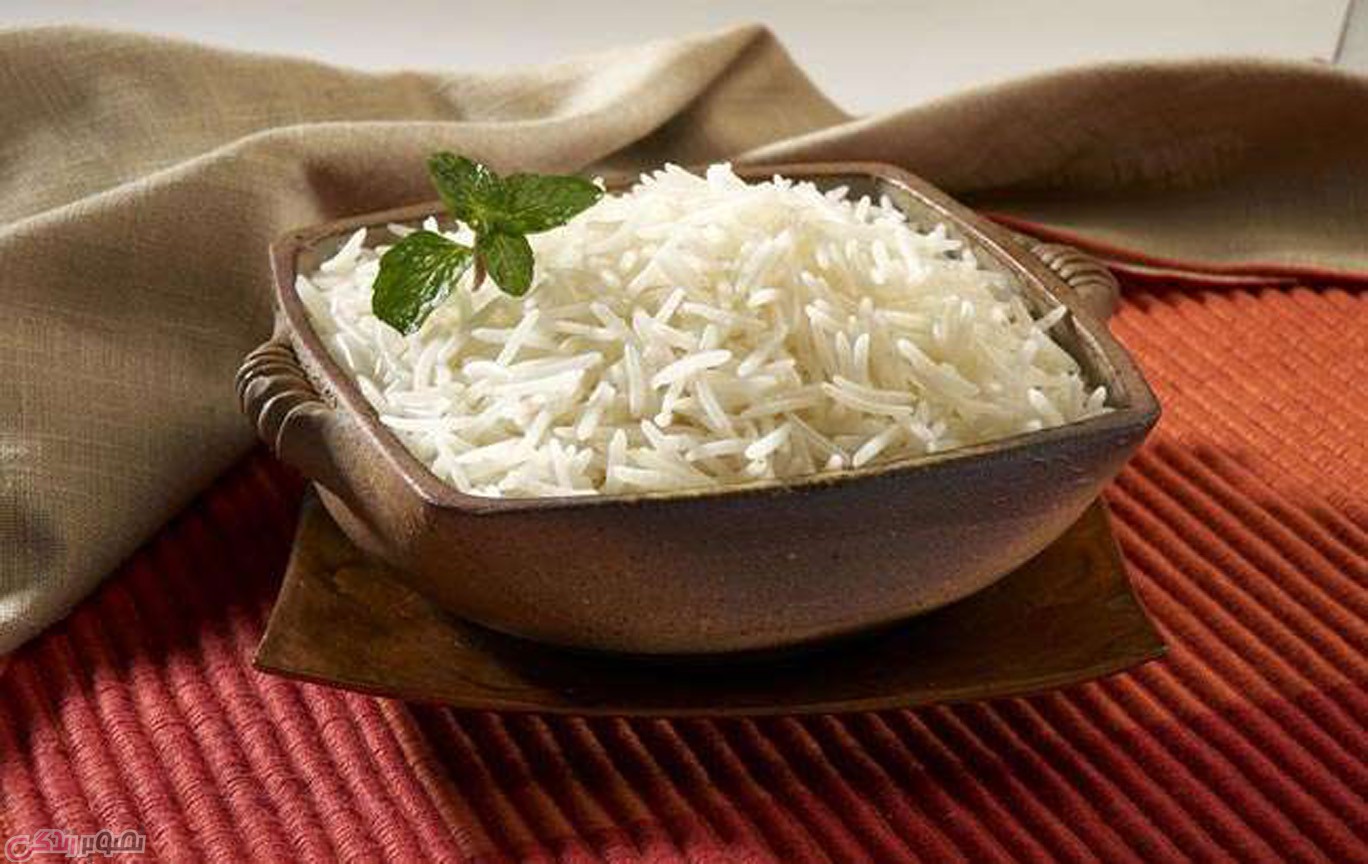
Ingredients
Serves 4-6 people
| Ingredient | Amount |
|---|---|
| Long-grain Persian rice | 2 cups |
| Water | Varies by method |
| Salt | as needed |
| Vegetable oil or butter | 2 tablespoons |
| Lemon juice | 2 tablespoons (optional for whitening) |
| Saffron (optional) | a pinch |
Instructions
Step 1: Selecting the Rice – Choose well-aged, long-grain Persian or basmati rice for Persian Rice Cooking. Check for uniformity in size and color. Older rice is often preferred for its enhanced aroma and ability to absorb water without becoming sticky.
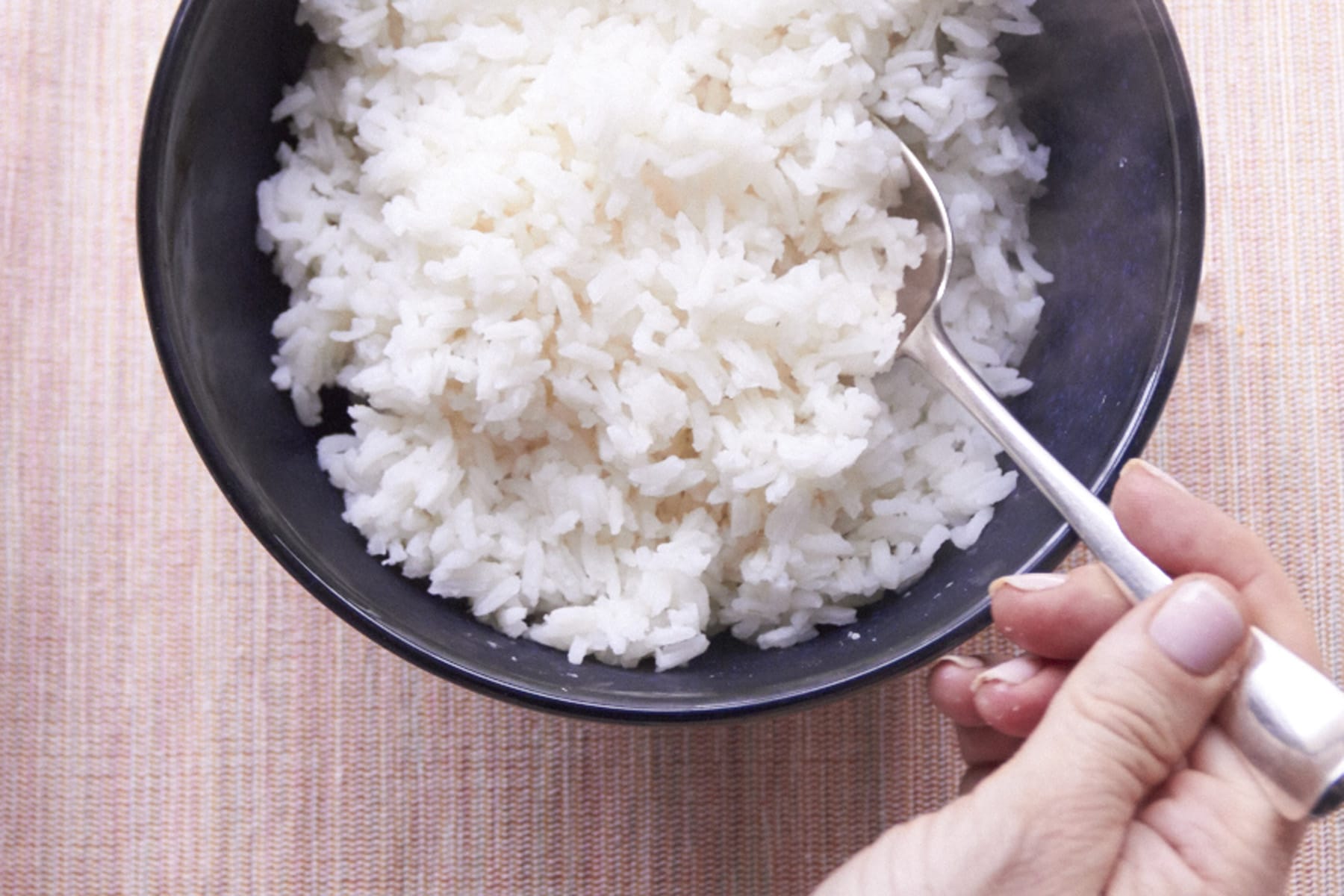
Step 2: Rinsing the Rice – Rinse the rice three times under cold water without scrubbing to remove excess starch. This step is vital in Persian Rice Cooking to achieve perfect fluffiness.
Step 3: Soaking the Rice – Soak the rice in salted water for at least 30 minutes. If using fresh rice, soak it shorter to prevent over-absorption.
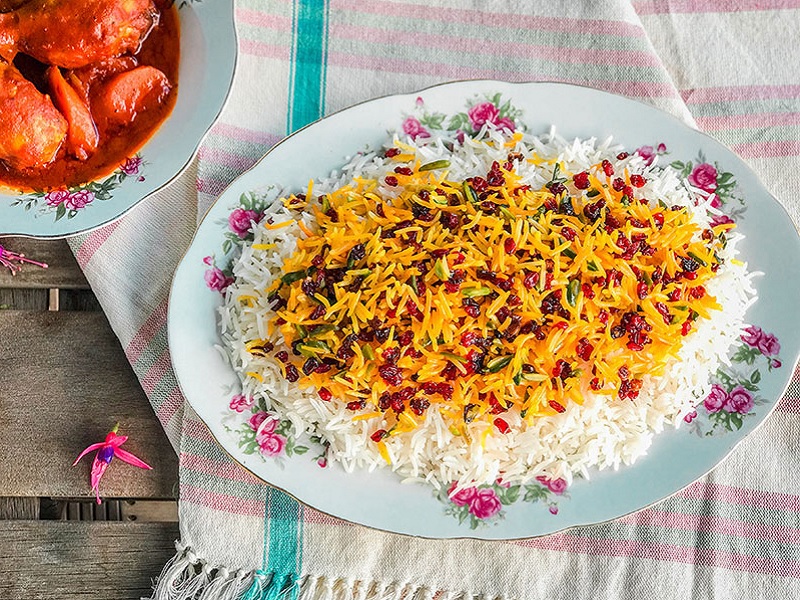
Step 4: Cooking Method A: The Stovetop Pilaf – Boil a pot of water with a pinch of salt. Add rice and boil uncovered. Once al dente, strain the rice. Return to the pot, add oil, and mound the rice into a pyramid shape. Cover with a towel and lid to steam-cook.
Step 5: Cooking Method B: Rice Cooker – For this method of Persian Rice Cooking, add soaked rice and water (1.5 cups water per 1 cup rice) into the rice cooker. Add oil, start the cooker, and let it do its magic!

Step 6: Finishing Touch – Serve your Persian rice by fluffing it gently with a fork. Optionally, drizzle melted butter or saffron-infused water for added flavor and color.
Pro Tips
For a lofty, fluffy texture in Persian Rice Cooking, introduce a cold shock by adding a few ice cubes before steaming. Ensure the rice cooker or pot has enough room to allow the rice to expand significantly. For a golden, crispy bottom (tahdig), ensure adequate oil at the pan’s base and maintain low heat during the final steam.
Frequently Asked Questions
The texture and aroma of the final dish heavily depend on the type of rice. Long-grain rice, especially aged, absorbs water better and remains fluffy.
To rescue overcooked rice, drain and spread it on a tray to evaporate excess moisture. Alternatively, adding a splash of lemon juice can prevent further mushiness.
While traditionally white rice is used, brown rice can be adapted with extended soaking and a longer cooking time to achieve a similar texture.



